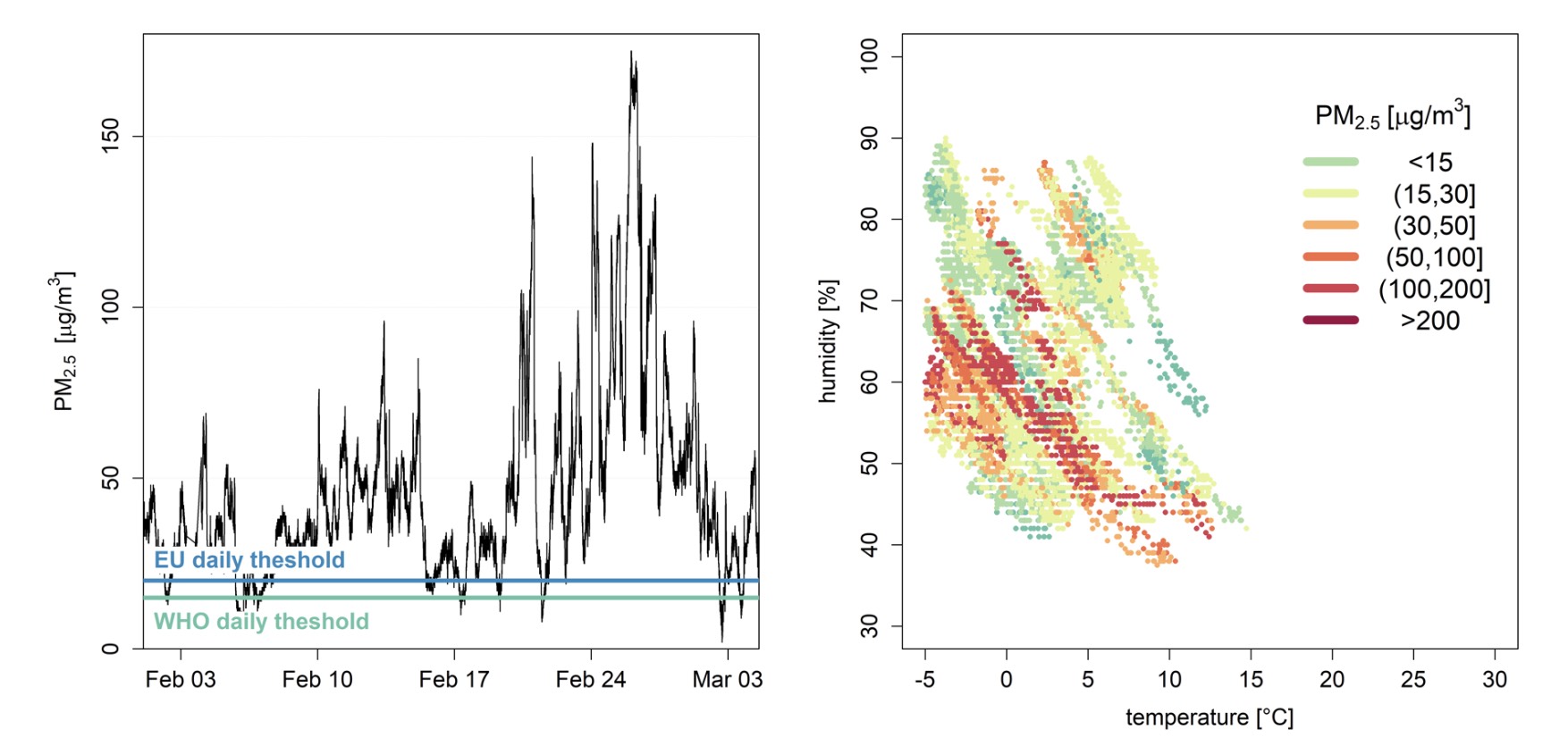I am a researcher working on topics related to aerosol composition and dynamics, in particular the measurement and analysis of PM2.5 and PM10 in urban environments. In my work I have been using data from uRADMonitor devices to obtain a better understanding of air quality in Romanian cities. Low-cost sensors vs. reference grade equipment Low-cost […]
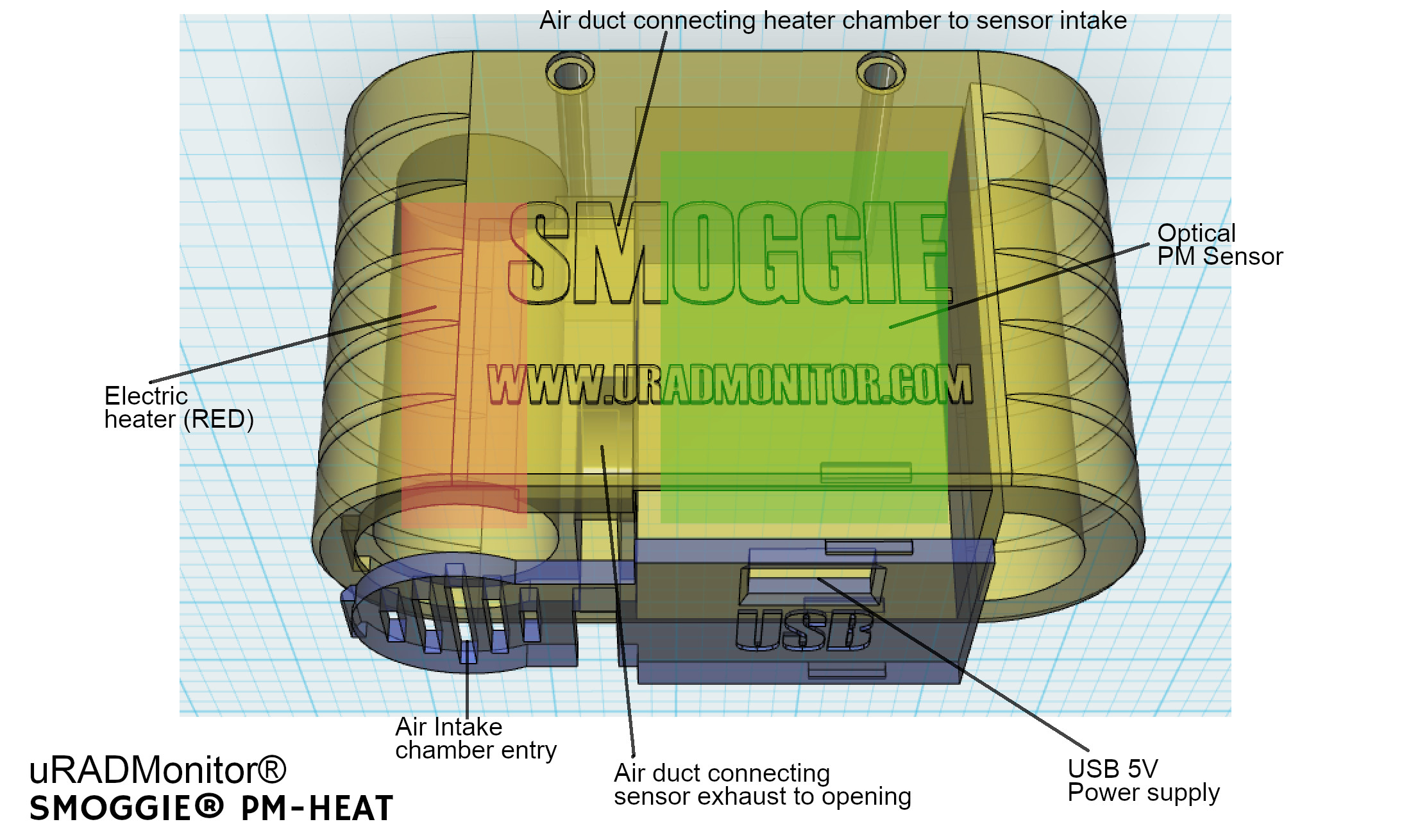
Low cost mechanism to improve Particulate Matter Optical Sensor response in high humidity
Advances in optical particulate matter sensors have opened the door for the existence of air quality monitoring networks using low cost sensors. The reduced cost allowed the spread of thousands of IOT automatic sensors, offering an unprecedented spatial resolution, the so called “hyperlocal air quality monitoring”. While signifiant technical advances have been made to offer […]
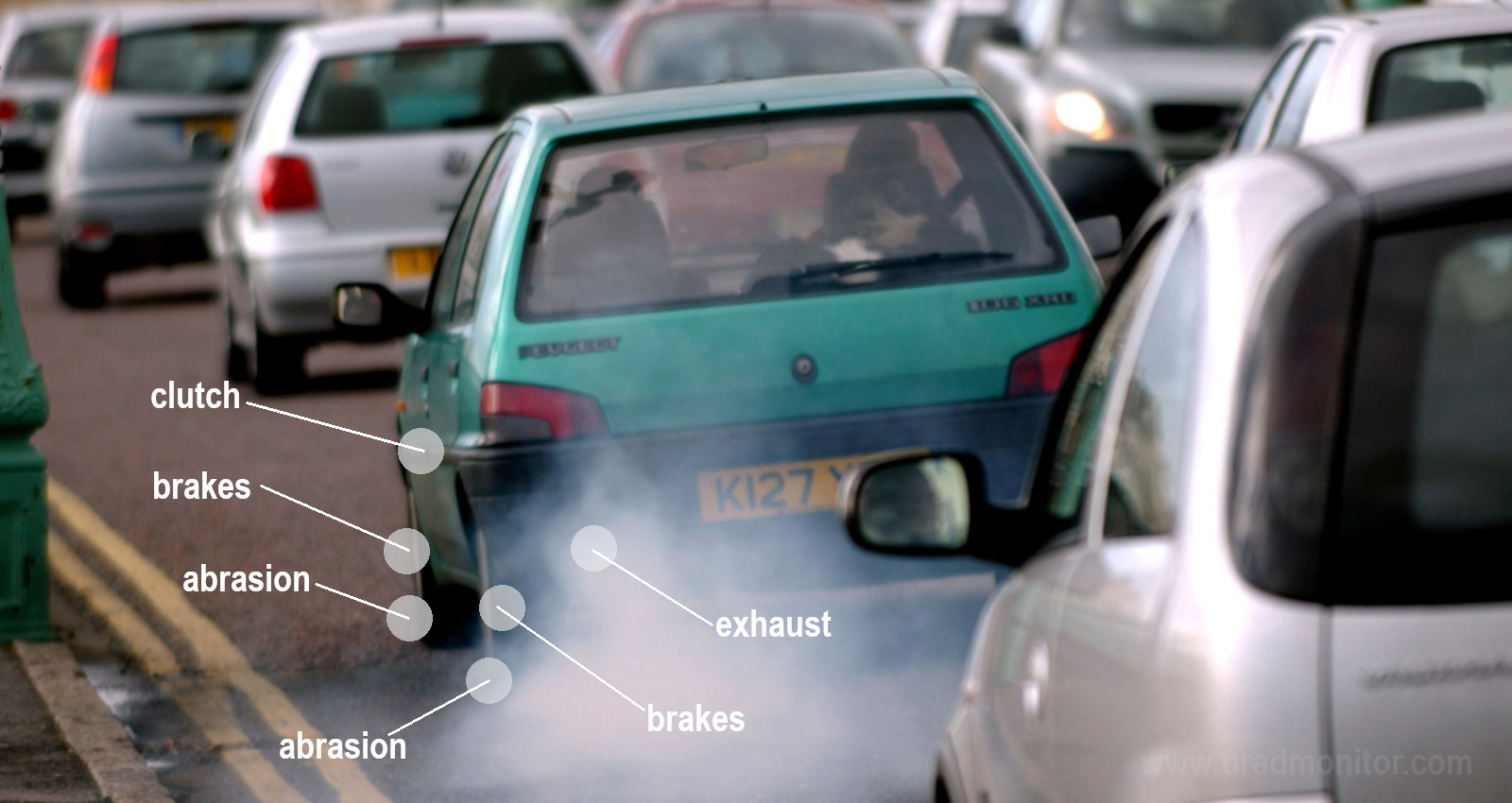
CEPARER – a study on Road transport pollution
We know well that traffic is a major source of pollution. But what does that mean, actually? First thing that pops to our minds is, of course, the exhaust gas, that contains carbon monoxide, nitrogen oxides, and particulate matter, all of which can have harmful effects on human health, especially with long-term exposure. It’s generally […]

STUDY: uRADMonitor partners with top-ranked academic institution Johns Hopkins Bloomberg School of Public Health for premier field research
uRADMonitor technology in partnership with DIM Transilvania Group contributed to the first scientific collaborative research of hairdressers exposure to respirable particulate matter (RPM) inside minority-owned hair salons in the state of Maryland, US. The report was conducted in alliance with leading experts from Johns Hopkins Bloomberg School of Public Health, School of Public Health at […]

George Washington University (US) and uRADMonitor Collaborative Research
We are extremely pleased to announce that uRADMonitor in partnership with DIM Transilvania Group have established a collaborative research program with the Washington, D.C.-based George Washington University (GWU)’s Milken Institute School of Public Health and the School of Engineering and Applied Science. The project’s goal is to create a Washington, D.C. Air Quality Monitoring Network […]
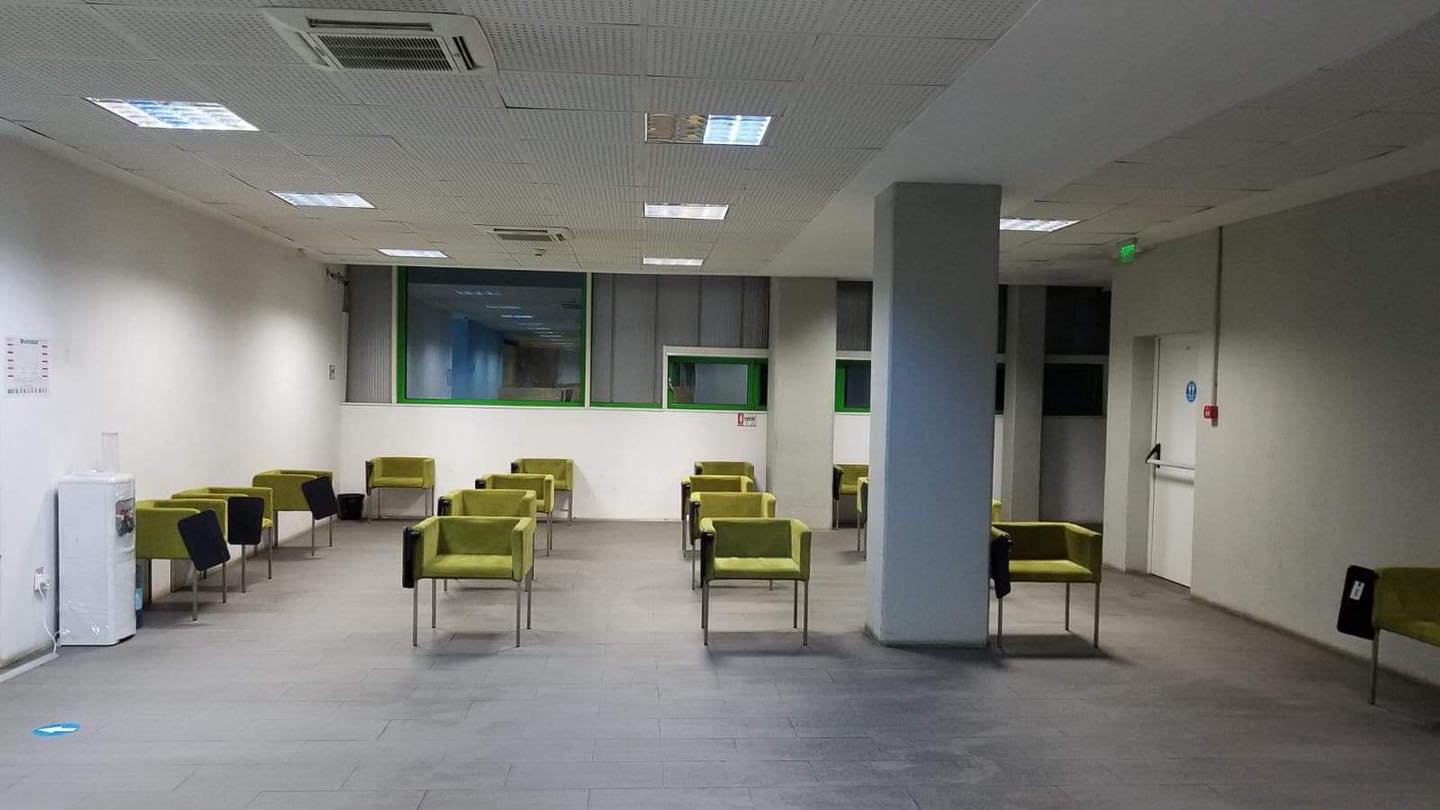
Prevention of COVID-19 transmission using sensors
A high concentration of CO2 is nothing but re-breathed air that can be a carrier of pathogens. Whether we are talking about schools, hospitals, residences, cinemas, offices… all these are closed spaces where the human presence generates carbon dioxide (CO2). This is a gas that is emitted when we exhale. The high level of CO2 […]
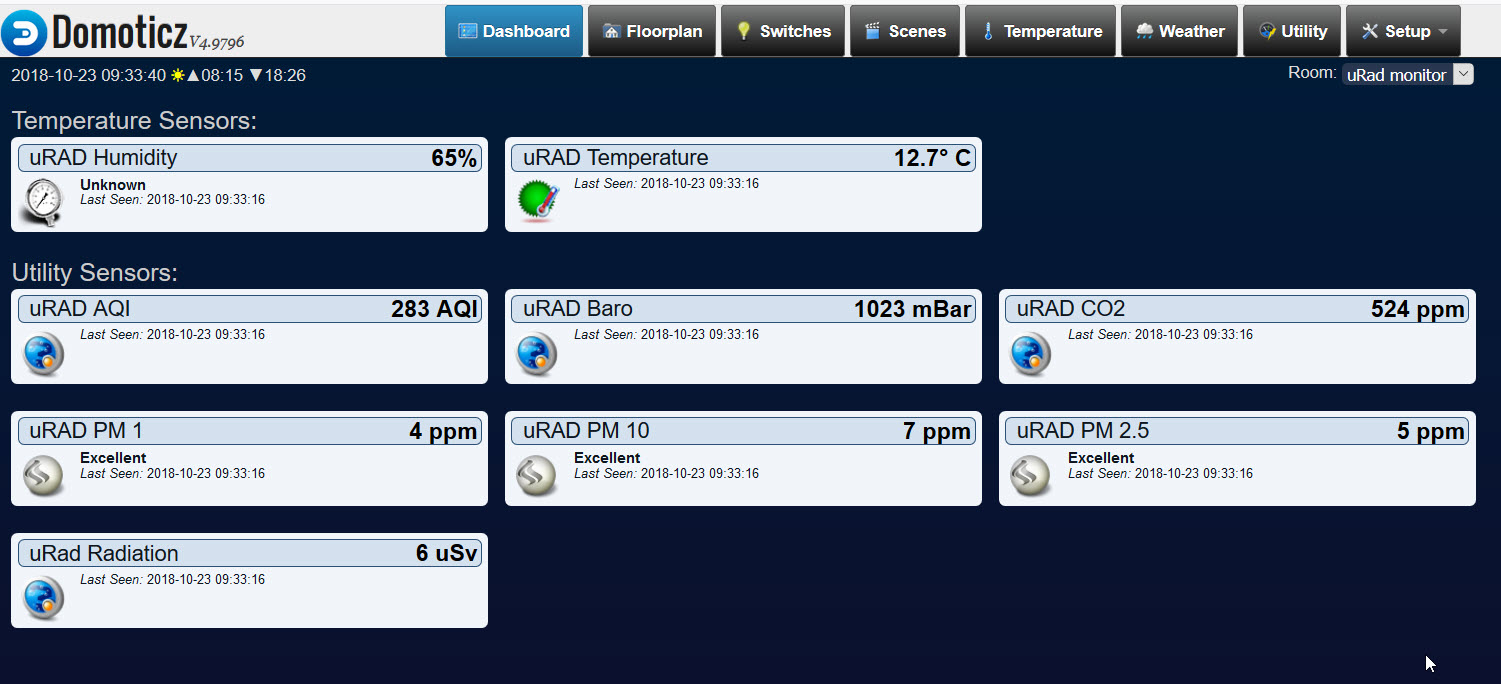
uRad metrics in home automation with Domoticz
Radu Motisan has a dream to give the world a view on what is happening in your surrounding environment and how this could influence your health. In my own professional life, I’m involved as a consultant in IOT data gathering and processing and I design and deploy solutions for organizations with whom I share that mutual interest: […]
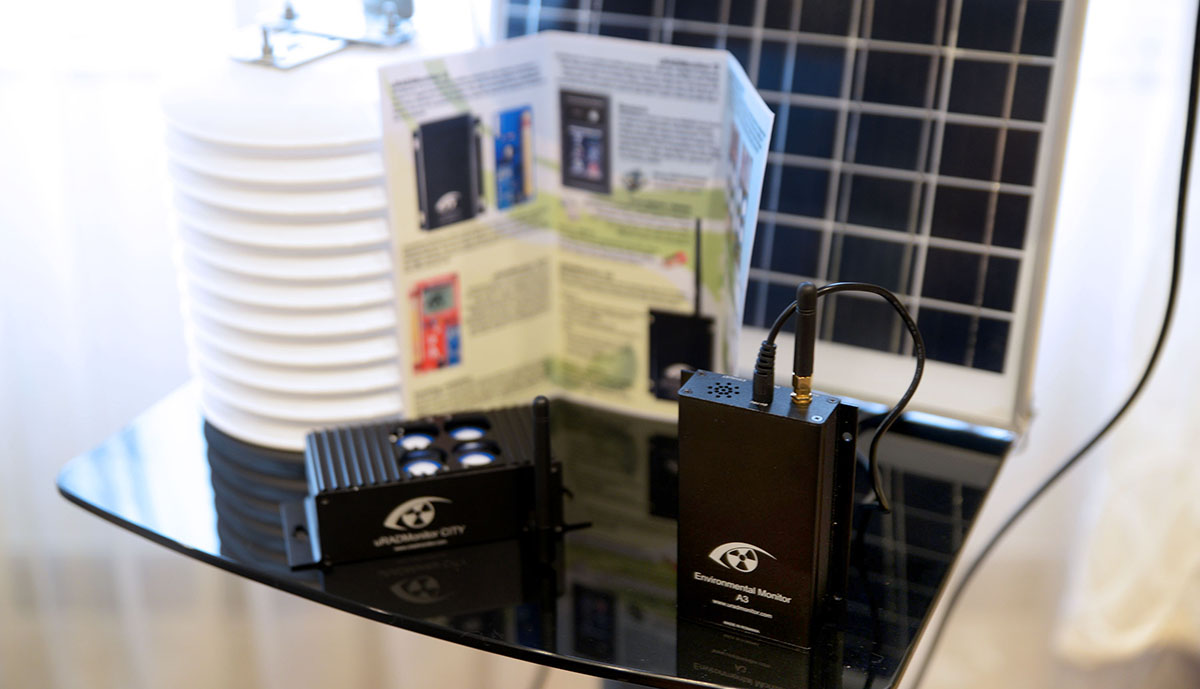
uRADMonitor A3 with GSM connectivity
While a relatively new design, the uRADMonitor A3 accounts for a quarter of the total uRADMonitor network already. Introduced in 2016, it was supported by Orange in several SmartCity implementations. With an impressive number of sensors, the A3 produces highly relevant data to describe air quality in the place where it is installed. There are […]
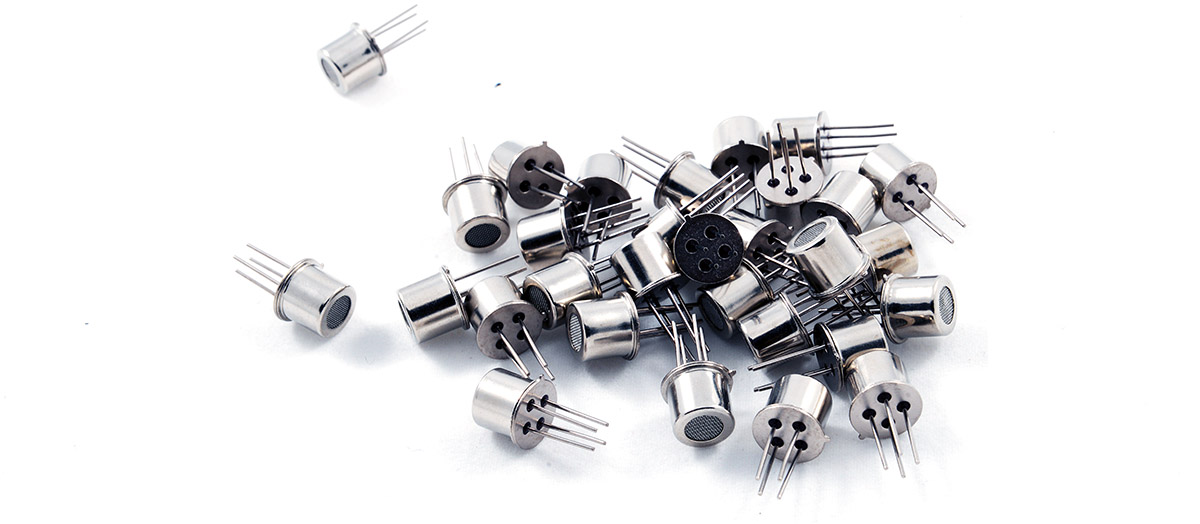
Metal Oxide VOC Sensors
VOC sensors are nothing new to this project, we’ve used them intensively in the uRADMonitor hardware units. Back in 2015, the Bosch BME680 was integrated into the uRADMonitor model D, followed by the model A3 using the same excellent sensor. Now the uRADMonitor AIR, our first wearable, relies on the BME680 again for a low […]

Ciudanovita, the people and the uranium
Every gain comes at a price, and so the comfort of technology claims its cost at some other end. For nuclear energy – what it gives is known, modern living conditions, heating, illumination, transportation and all in one the civilised world as we know it. Yet what it takes sometimes remains in the shade, like […]

Weather vs Radiation readings
I’ve been running uRAD unit #12000003 here in Australia for around 12 months now and the only time I’ve really seen a solid increase in readings is during heavy rain which got me thinking, what other weather conditions affect radiation levels? To find out I purchased a cheap weather station off eBay and set about […]
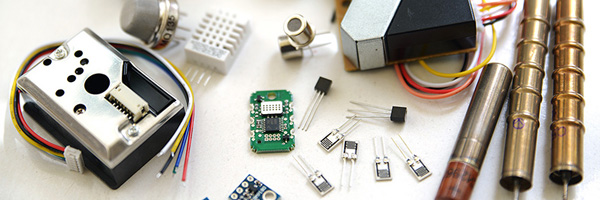
uRADMonitor model D Concept
The uRADMonitor project started with a single network connected automated dosimeter, that quickly proved its usefulness and spawned into a global scale, full fledged monitoring network, covering all major continents. At the core of the entire infrastructure are the low power automated dosimeter units, at the moment of this article available as the uRADMonitor model […]
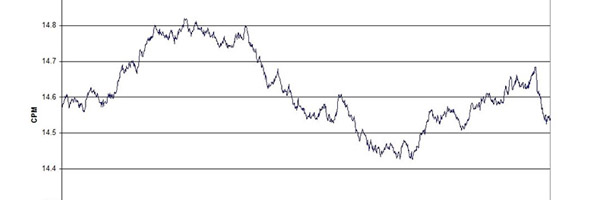
Observations on diurnal indoor variations in gamma ray count rates
Richard Prettyman, August 2014 Background A close correlation between gamma count rate at ground level, and soil derived Rn-222 flux has been demonstrated in work which has also studied the effects of meteorological and diurnal factors on Rn out-gassing and hence gamma count rate (Szegvary et al, 2007). Under conditions of settled weather with no […]

The Geiger Tubes
The Geiger tube is a gaseous ionization detector that uses the Townsend avalanche phenomenon to produce an easily detectable electronic pulse from as little as a single ionising event due to a radiation particle. It is used for the detection of gamma radiation, X-Rays, and alpha and beta particles. It can also be adapted to […]
